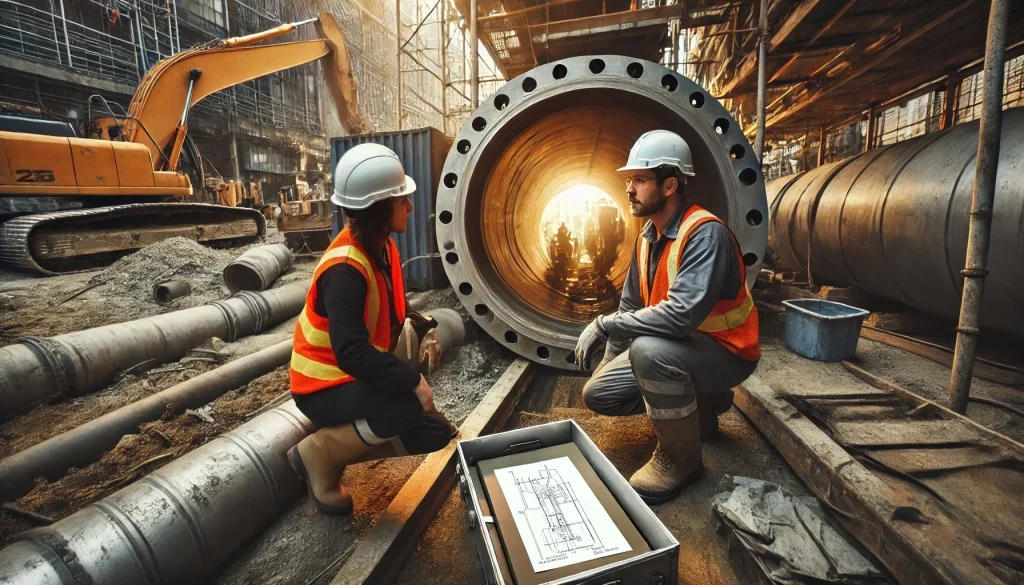The Growing Significance of Construction Safety Training

The Importance of Construction Safety Training for National Success
The construction industry is pivotal in driving economic growth and development. The significance of construction safety training cannot be overstated, as it ensures the well-being of workers and enhances the overall success of the industry. This sector plays a crucial role in developing real estate and infrastructure, which impacts the nation’s economic health.
Why Construction Safety Training Matters
The construction industry’s extensive reach affects all aspects of life, from residential buildings to large industrial facilities. The significance of construction safety training is evident in its ability to mitigate risks and prevent accidents, which are prevalent in this high-risk field. Effective safety training is essential for managing the dangers associated with construction work.
Key Benefits of Investing in Construction Safety Training
Accurate Documentation
Proper documentation is a key component of construction safety training. It addresses not only the prevention of accidents but also the management and recording of incidents when they occur. Additionally, safety training improves the understanding of how to handle paperwork related to mishaps, injuries, and close calls, ensuring compliance and enhancing workplace behavior.
Enhances Risk Management
Investing in construction safety training is crucial for effective risk management. Training helps address major risks identified by OSHA, such as being struck by objects, falls from heights, and being crushed by machinery. Moreover, continuous safety training equips workers with the knowledge to handle these risks, thus reducing the likelihood of accidents and improving overall safety on-site.
Increases Awareness of Potential Risks
Regular construction safety training boosts workers’ awareness of potential hazards. By being well-trained, workers can better anticipate and avoid risks in their environment. Consequently, this proactive approach to safety helps in preventing accidents and maintaining a safe working environment.
Improves Productivity and Supports Succession Planning
Construction safety training impacts productivity by linking training outcomes to on-site performance. Providing additional training opportunities helps identify and develop top performers, thus facilitating effective succession planning and improving overall team performance.
Reduces Costs Associated with Accidents
Workplace accidents in the construction industry are costly. Studies show significant financial impacts, including direct costs such as medical expenses and indirect costs such as lost productivity. Investing in construction safety training helps mitigate these costs by preventing accidents and reducing the associated expenses, ultimately contributing to the financial stability of the organization.
Final Thoughts
The costs linked to workplace accidents in construction are substantial. Investing in construction safety training programs is a proactive approach to preventing injuries and managing these costs effectively.







There’s really no downside to construction safety training! Good for the company, good for the workers.